In 'Bird City,' looking up isn't just for tourists
New York is a bird city. We’re just living in it.
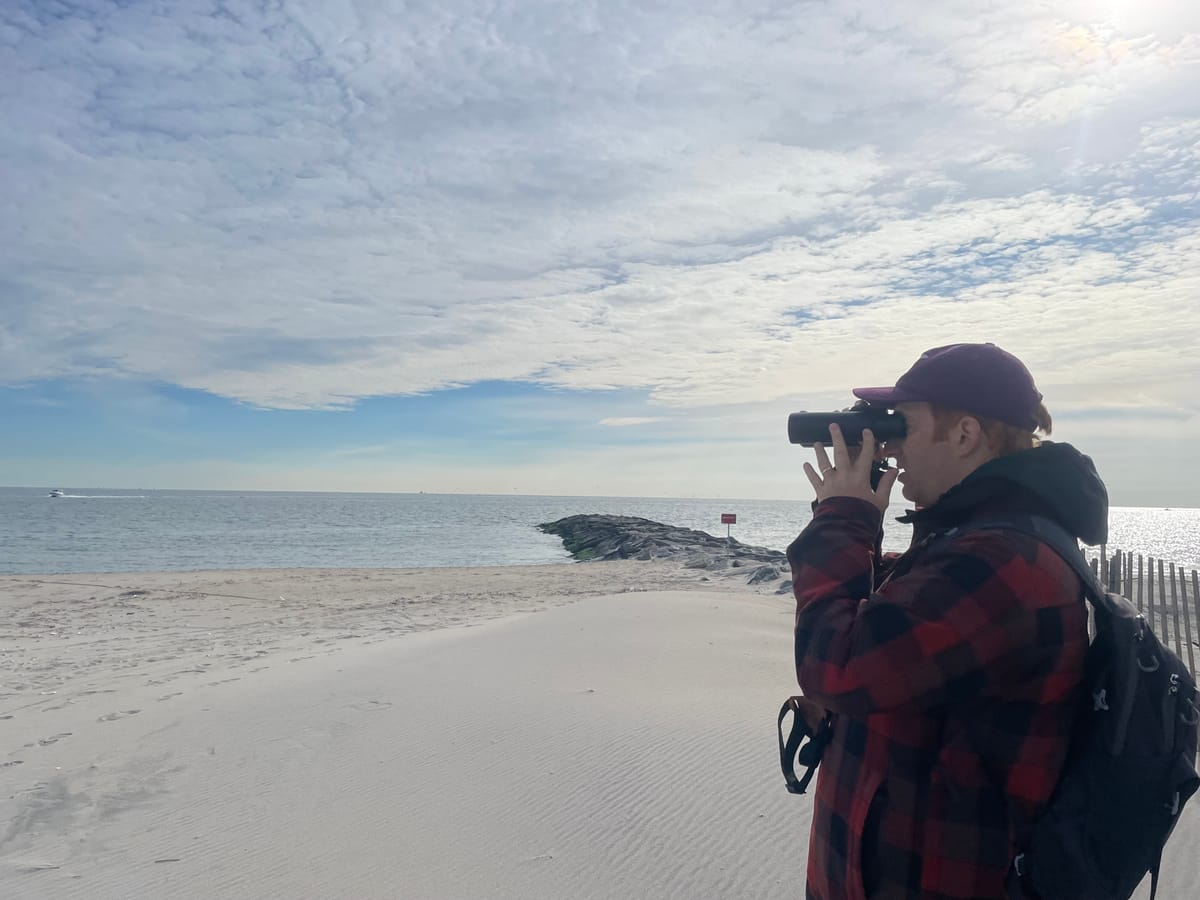
Moving through this city requires a kind of tunnel vision that sometimes only the shriek of a siren or a near-miss with a passing cyclist can shake. Spend months at this pace and suddenly the leaves are falling and you don’t even remember when they started changing. But as I was recently reminded, it only requires a shift in attention to tap back into a sensitivity to the life cycles around us.
On the cold morning on Saturday, I took the train to the Rockaways, past marshes and naked tree branches reaching toward the clear sky, to meet Ryan Goldberg, a journalist and birder, at the relatively new Arverne East Nature Preserve, which opened last year. My main experience birding in the city has been at Prospect Park in the spring. So when I arrived at the Beach 44 stop and looked out at the striking, bare beauty of our coastline, I wondered how many birds there could be in these parts.
The Preserve has a wood-paneled visitor center with dotted bird-friendly windows, and is surrounded by 35 acres of native shrubs and grasses that act as both a haven for wildlife and a storm-surge buffer between the Atlantic ocean and neighboring communities.
Goldberg and I met up to bird and talk about his new book, Bird City, released on Nov. 4, which traces a year of his birding journey through the seasons in New York, meeting other passionate birders along the way, and deepens a reader’s understanding of how the many bird species we live with make a home in this harsh environment.
As we looked out over fields of subtle browns, yellows, and greens, Goldberg pointed out how rare and important it is to find this much open space in the city.
“This time of year, birds really like this area," he said.
Mid-November is the tail-end of the fall migratory season, in which birds travel south in search of warmer weather. New York is a big stopover point on the Atlantic Flyway route. The first departures start in July and August. By this time in the city, it’s mostly ducks seeking out our relatively balmy waters, or birds that get blown off course from their typical routes by strong winds—species that Goldberg dubs as ”rarities” in the last chapter of his book.
Sign up now if you haven't already and keep your eyes out for an email later today!
Like the cave swallow, a species that prefers the warmth of Texas, Mexico and the Caribbean. Goldberg said that just last week, another birder in the community reported seeing 15 or so here, around Arverne.
But Goldberg wasn’t necessarily looking for them. Though a reported rare bird sighting is enough to get some birders crossing state, and sometimes international, lines just to catch a peek, Goldberg is perfectly happy to observe “common” birds.

As we wandered around the paths, we noticed: Yellow-rumped warblers (sometimes referred to as “butter butts” because of the bright yellow spot on their backside); some mourning doves, white-throated sparrows, a dark-eyed junco, starlings; cedar waxwings, whose call sounds like a trilling bzeee; and a beautiful flock of red-winged blackbirds—which Goldberg identified from far away just by how they fly, and confirmed by the flash of orange and red on their wings.
As Goldberg states both in the book and in person, all you really have to do to catch a glimpse of the splendor of bird migration in New York is “look up.”
Of course, one can bird all year-round. Goldberg feels that since he started birding, he is much more in tune with the turning of the seasons than he used to be. For one thing, he thinks a lot more about the wind when he’s walking around the city.
“If it's in the springtime and there's a warm wind coming, that means it's coming from the south," he said. "So that means, like, tomorrow is going to be a good day for birding. And if it's in the fall, like now, and there's cool wind coming from the north, I'm like, ‘Okay, the next day is going to be good for migration.’ ”

As Goldberg later explained, when birds are flying north in the spring, they wait for a good tailwind to help them on their way. At that time of year, those will be warm southerly winds flowing up the continent. The reverse is true during the fall migration, when birds ride a cold tailwind coming from the north to head south.
Goldberg was introduced to birding by his aunt, an avid birder, almost 10 years ago. One day when he was visiting her in New Jersey, she invited him to go birding at a park he’d known since childhood. Though skeptical at first, Goldberg ended the day flipping through the field guide and eager to learn more. Within a few weeks, he saw his “spark bird”—what birders call the species whose sighting ignites their passion for birds. It was an eastern towhee, a sparrow with feathers of deep black and reddish-brown. After his first bird walk outing in Prospect Park a few weeks later, he was completely hooked.
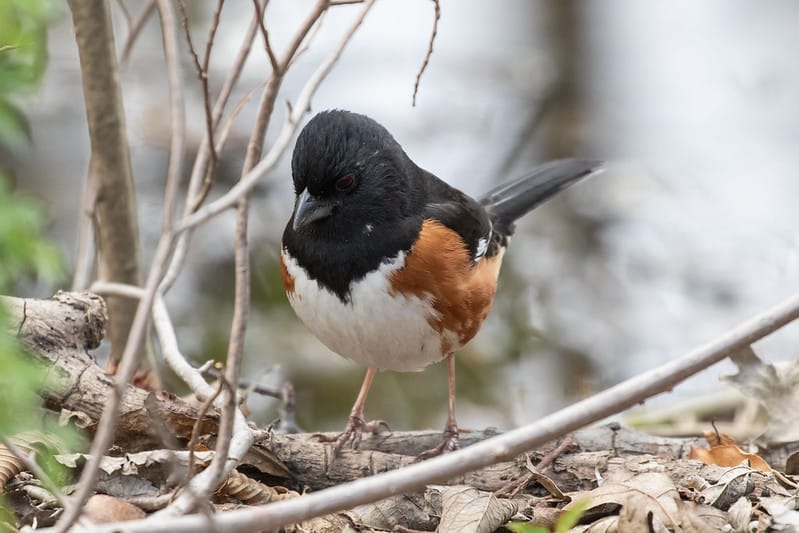
In New York City, Goldberg used to just notice interesting details on buildings, or when new restaurants popped up. Birding made him an active listener, hearing and seeing which birds were near at any given time, and an explorer of the wilderness all around the city. Now, when he sees a bird, he also sees the entire ecosystem it’s a part of.
Writing Bird City, seemed like a natural way to make journalistic use of the time he was spending birding every day anyway.
“Basically, I felt like I had to write this book because I had become so delinquent in my normal journalism career,” Goldberg said, laughing. “ I was basically not answering editors in the months of April, May and September, October.”
As he reported and wrote the book, Goldberg learned so much about the city’s bird history. He learned how non-native species such as starlings and pigeons came to dominate our skies and why we don’t appreciate them perhaps as much as we should; dove into the more complicated story of Flaco, the beloved Eurasian eagle-owl that escaped from the Central Park Zoo in 2023 and captivated the city’s attention; and found out how a group of people, including relatively recent birders, have come together to protect piping plovers, a federally endangered species that nests in the Rockaways.
As Goldberg told me about the parts of the beach that are protected for plovers in the summer, we left the tall grasses, crossed the boardwalk and headed out over the sands. There were only a few people on the beach, including another birder in the distance that Goldberg recognized.
It felt fitting to end at the beginning, as Bird City opens with a winter day that Goldberg and a mentor spend walking along miles of the Rockaways, tallying waterfowl. As we approached the water, we peered through our binoculars to look out at a large group of black scoter ducks that were floating near the jetty.
“New York Harbor is a really important place for them,” Goldberg said. In summer, they nest in the tundra and then migrate here for the winter, where they stay on the water and dive for mollusks.
As I was struggling to see them clearly through my small and low-quality binoculars, Goldberg noticed and handed me his.
I peered through and gasped. “This changes everything!”
I got to see the synchronized and graceful movement of the scoters as they rose from the water and hovered closely over it, in search of a new spot.
Some ways to get started
In May of 2016, early into Goldberg’s birding journey, he went to a Brooklyn Bird Club walk in Prospect Park.
“I didn’t know what I was looking at, I was a total novice,” Goldberg remembered.
“The group saw like, 50 species, and it was kind of not even a kind of great day," he said. "And I was like, ‘How could there be this many birds in the park?’ And now I know and have experienced days in Prospect Park where you could see a hundred species in a day in migration. I left the park that day and I felt drunk.”
Joining a club or an outing is a great place to start, Goldberg said, and there are countless throughout the city, even in winter. The Brooklyn Bird Club, for example, has a weekly weekend walk and they provide binoculars.
Another benefit to these walks is the community. Goldberg feels that if he had just learned how to bird on his own, he never would have learned as much.
“Birding is so much about mentorship, actually,” he said, which is very evident from the number of other birders he consults and learns from in Bird City.
“So you can learn a lot from reading online or the field guides you pick up, but you can learn so much more from just the knowledge that more experienced birders have," he said. "In New York, it's really cool to have a community like that.”
Goldberg also recommends visiting the bird feeders that get set up on Breeze Hill in Prospect Park a few days before Thanksgiving.
“You stand against the fence and just watch birds come and it’s a really cool place to learn," he said. "Then you'll very quickly, like, start to learn your nuthatches and your little woodpeckers and certain sparrows, and then occasionally stuff comes there that's a little more unusual.”
And, where there are birds, there are birders. So it’s a great place to hang out and meet other birders.
Help count birds and participate in community science
Many birders keep track of their sightings and log them, especially on an app called eBird. But there are also opportunities to contribute to specific and consistent survey counts, many of which funnel into larger databases for scientific research that can help protect birds and their habitat. You can count on your own—on your block, from your stoop, at the park—or in a group. Anybody can contribute and all bird species are valued, even if you just spot pigeons and seagulls.
Check out:
- The Winter Waterfowl Count in January, which helps tally how many ducks, geese, loons, etc., are wintering in New York.
- The Christmas Bird Count, which runs from mid-December through early January and is the largest community science bird project in the nation.
- The Great Backyard Bird Count in February, which people from all over the world contribute to and takes as little as 15 minutes.
Don’t see yourself becoming an avid birder but still want to help our winged friends?
The biggest hazard for birds in the city is glass, a danger worsened when bright lights confuse birds and draw them toward windows, especially during their migration seasons. Between 90,000 and 230,000 birds in the city, and 1 billion nationally, die each year in collisions against glass. These numbers feel even more harrowing and needless when you consider that the North American bird population has fallen by a staggering 3 billion birds since 1970.
There are a few things you can do:
- Make your own windows more visible. You can use screens, window markers, stickers, and more.
- Reduce your use of unnecessary lighting at night, especially during migration periods in spring and fall.
- Volunteer with Project Safe Flight, a program run by the New York City Bird Alliance that tracks collisions, monitors buildings, and organizes transport for injured birds to rehabilitation centers.
Goldberg also emphasized that what’s good for birds is good for us. “Birds need more trees and so do we, to clean the air and to cool where we live,” he said.
“Even just to advocate for more parkland, to advocate for more tree planting, to advocate for more rain gardens, all these things are actually really important and really helpful for birds.”

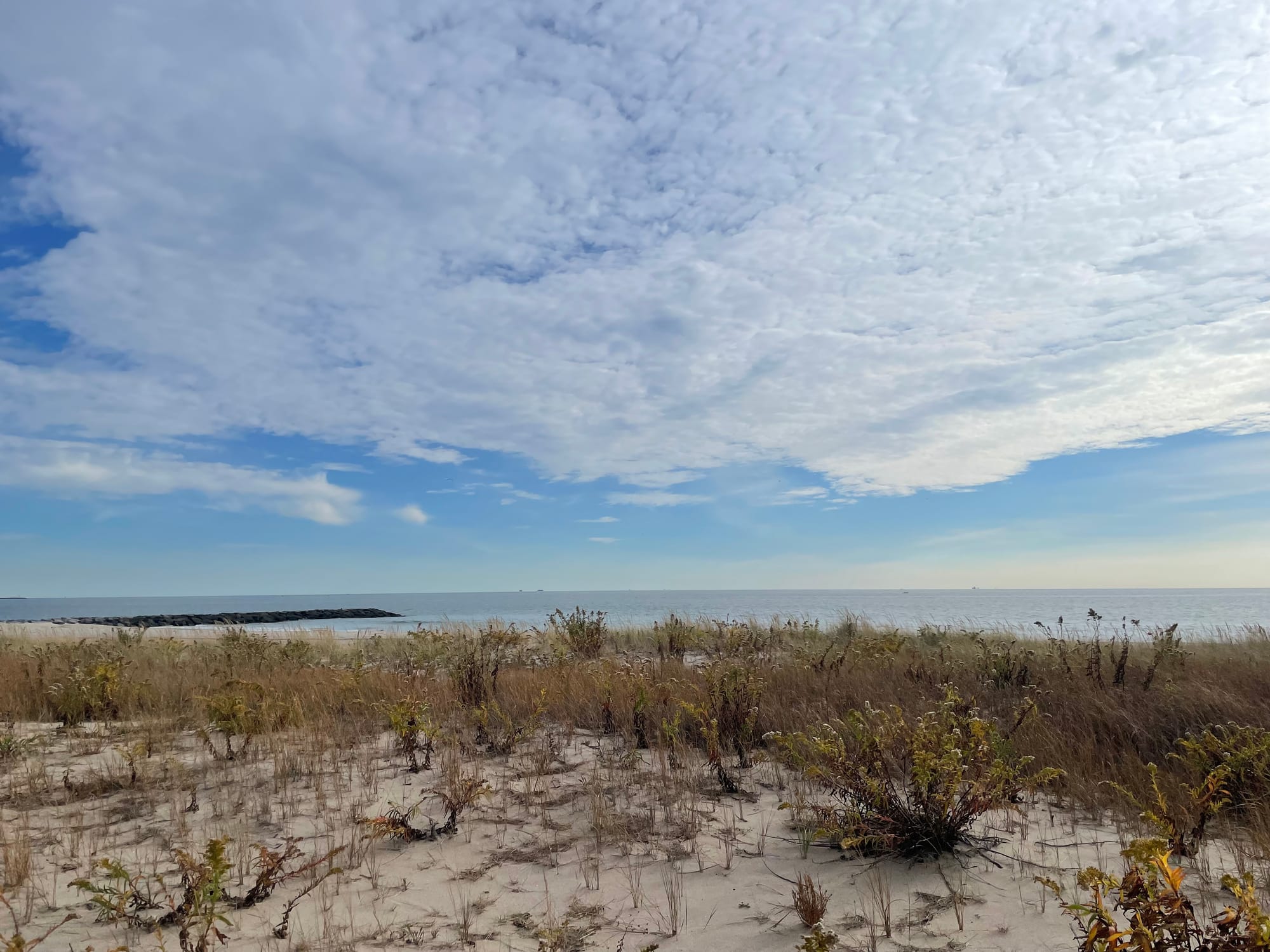
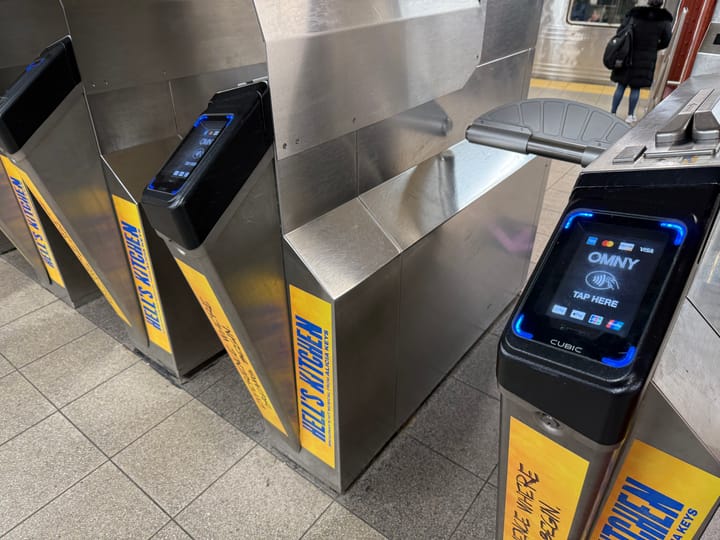

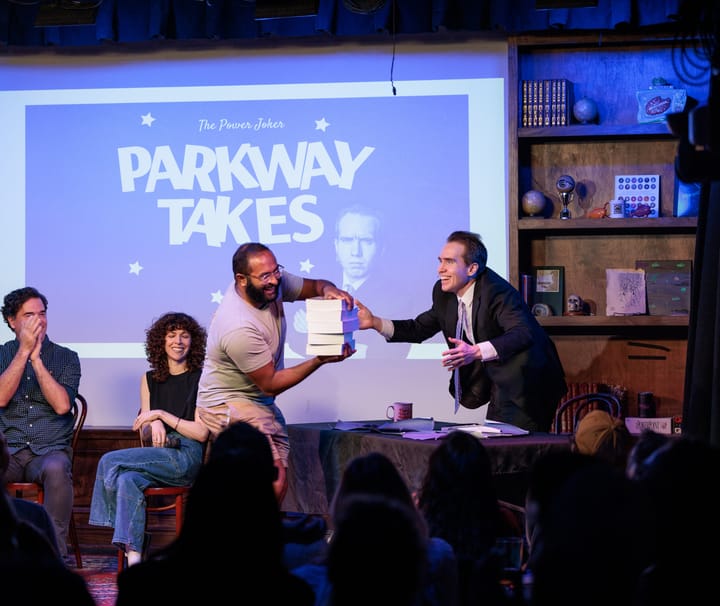
Comments ()